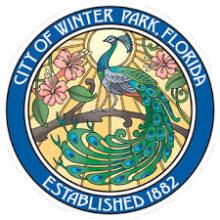Winter Park, Florida, Considers I-Net
Winter Park is considering creating an institutional network (I-Net) to provide gigabit connectivity to municipal facilities. Community leaders are examining the pros and cons of deploying a fiber backbone to 17 city-owned buildings that could save significant dollars and be used for other applications in the future. Some of the uses they've discussed include connecting traffic signals and street lights to address traffic congestion, a common complaint in Winter Park.
“When you talked about ... fiber 10 years ago, it was hard for people to see the future; now the future is here, and we’ve got to do it,” said Winter Park’s Information Technology director Parsram Rajaram, who is working with the task force. “Fiber is essential in my view.”
Not A New Idea
The Orlando suburb, home to 30,000 people, has been considering creating a network for years and last summer released the results of a broadband feasibility study to the City Commission.
“This is something that has been discussed at the city and the City Commission for a decade. If you’re like me, you hear from people multiple times about a dissatisfaction with the (Internet) service that they are offered, a fairly singular service… We’ve been talking about it long enough, and if we started this a decade ago, we would probably already have a backbone for the city that could be utilized,” said Winter Park Mayor Steve Leary.
In March, Leary created a Fiber Optic Task Force, charged with making and presenting recommendations to the City Council. The Task Force is leaning toward suggesting the community invest in an I-Net rather than a larger project to serve businesses or residents at this time. An I-Net is estimated to take two years and cost $4 million. In contrast, connecting municipal facilities, businesses, and residents would cost up to $28 million.
Serving The City Saves Public Dollars



